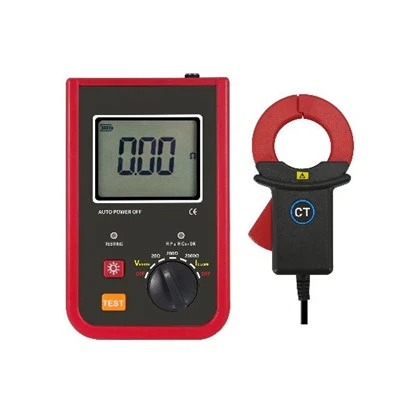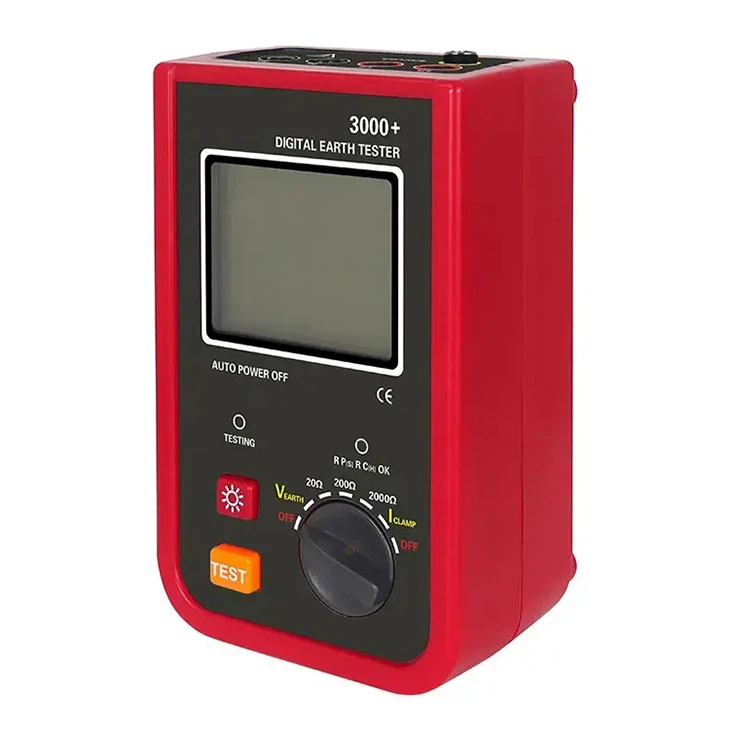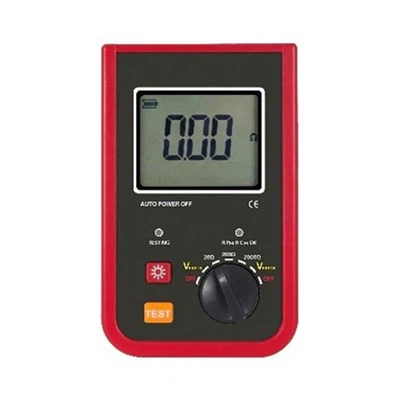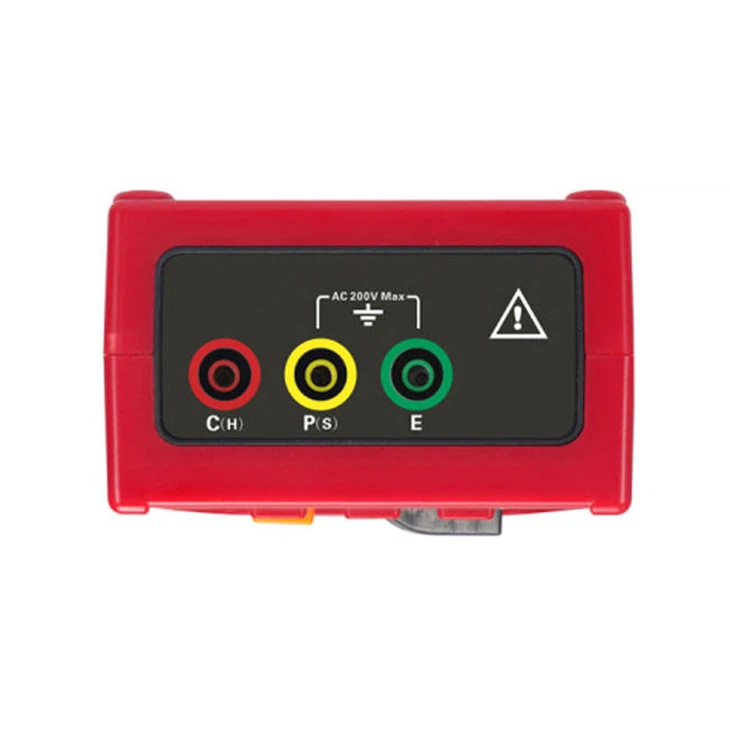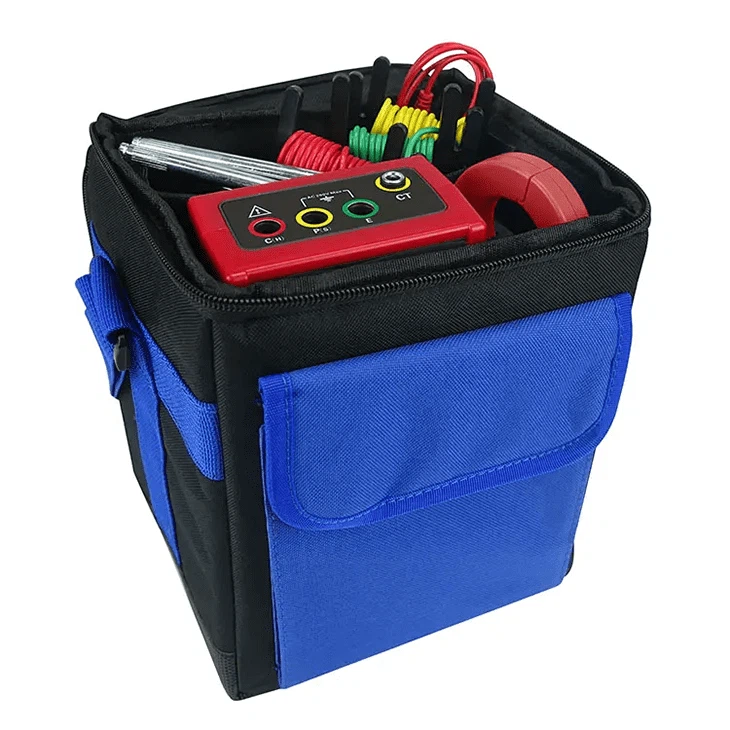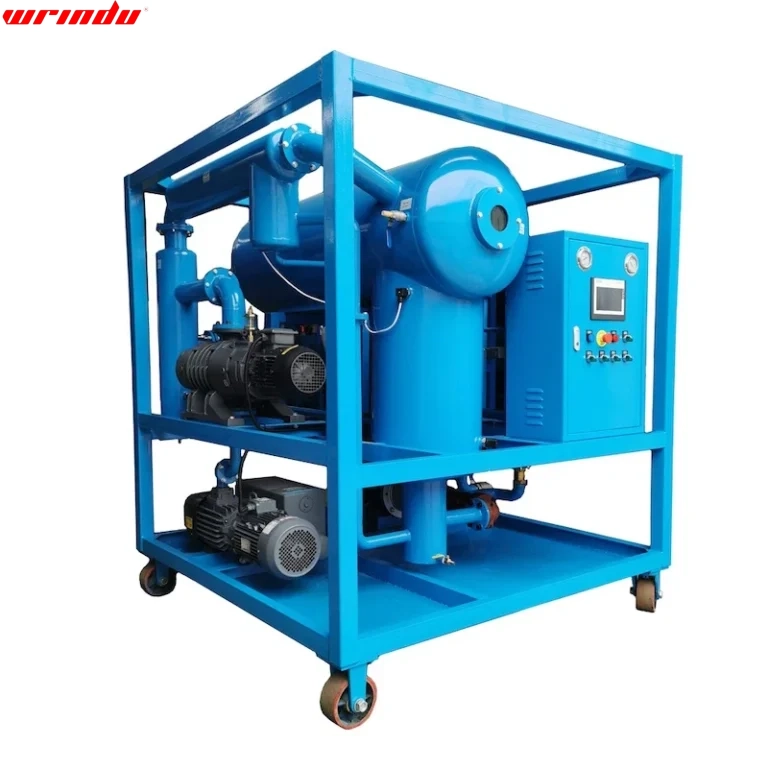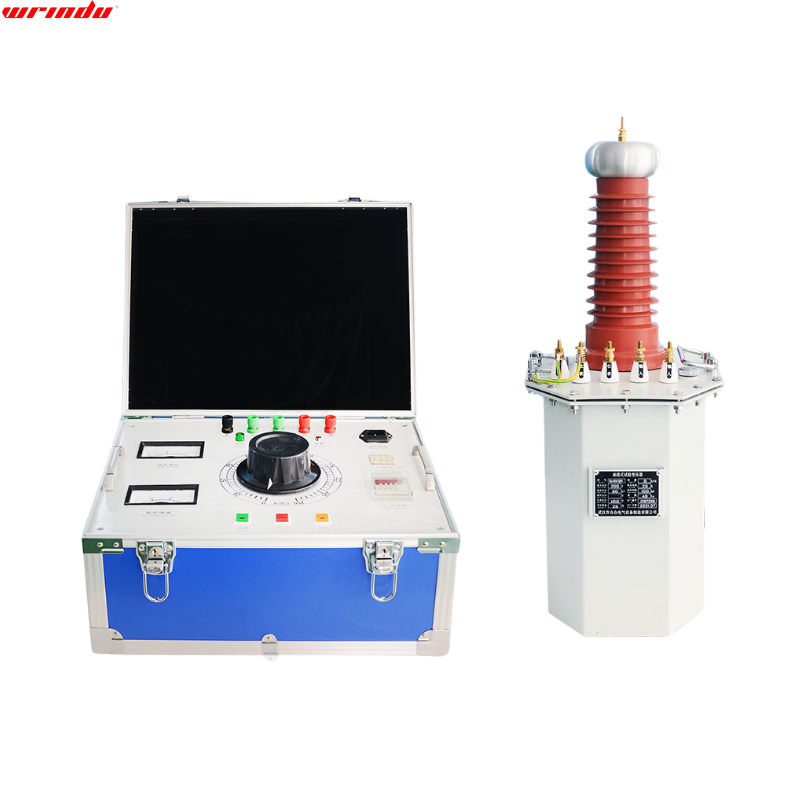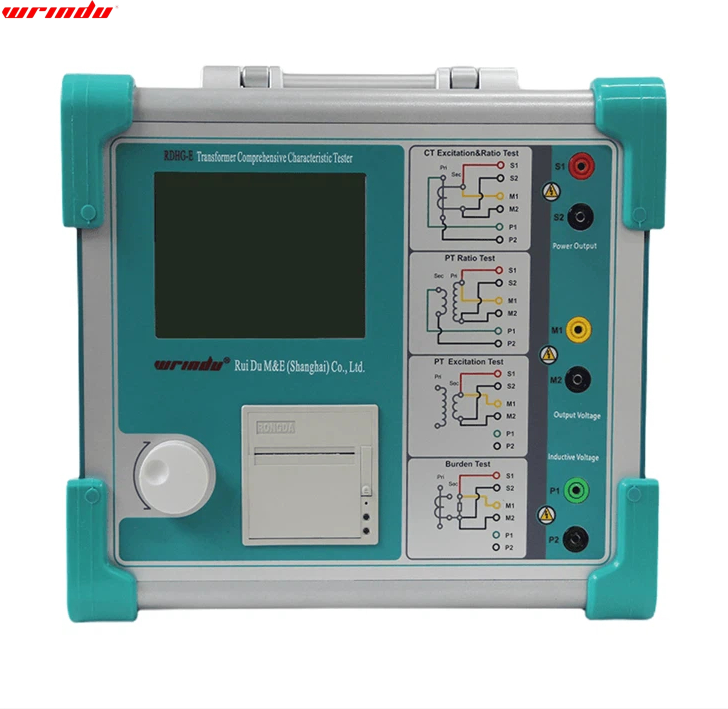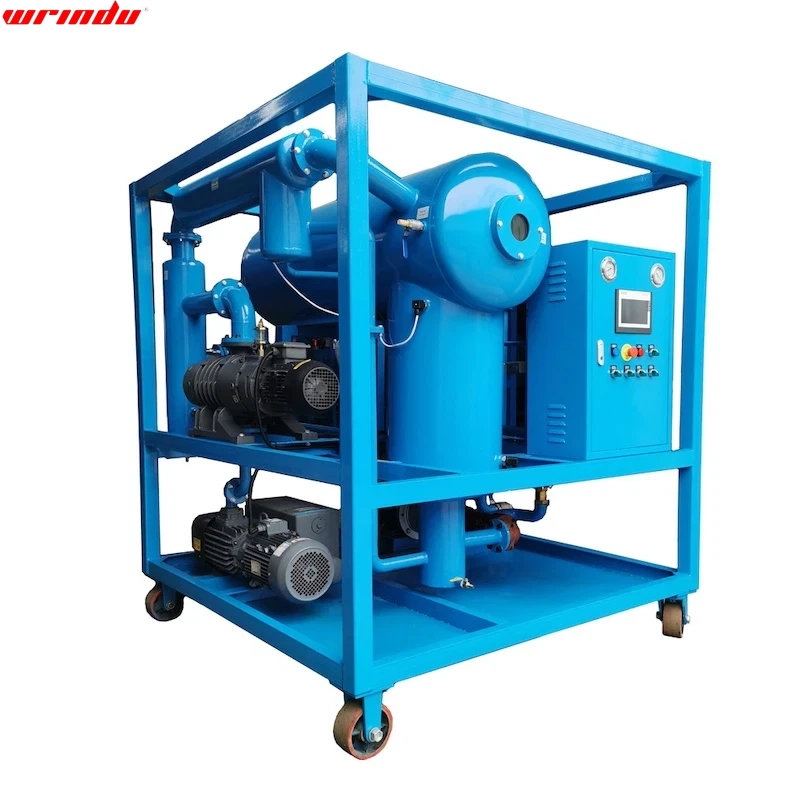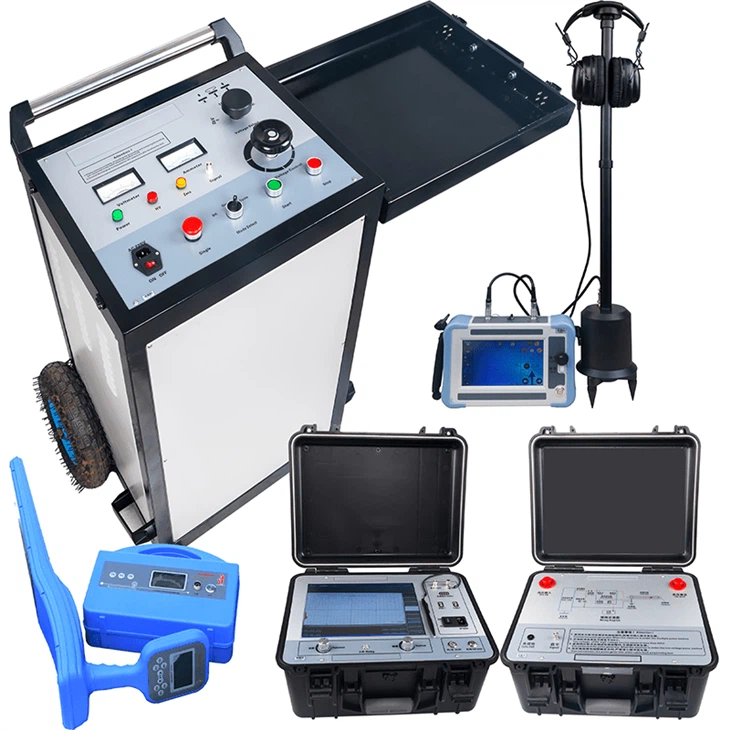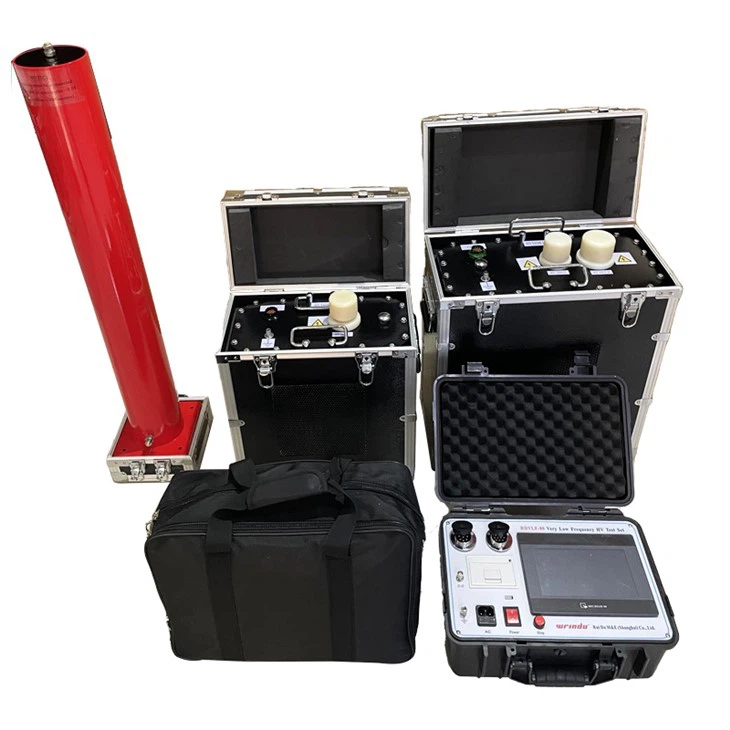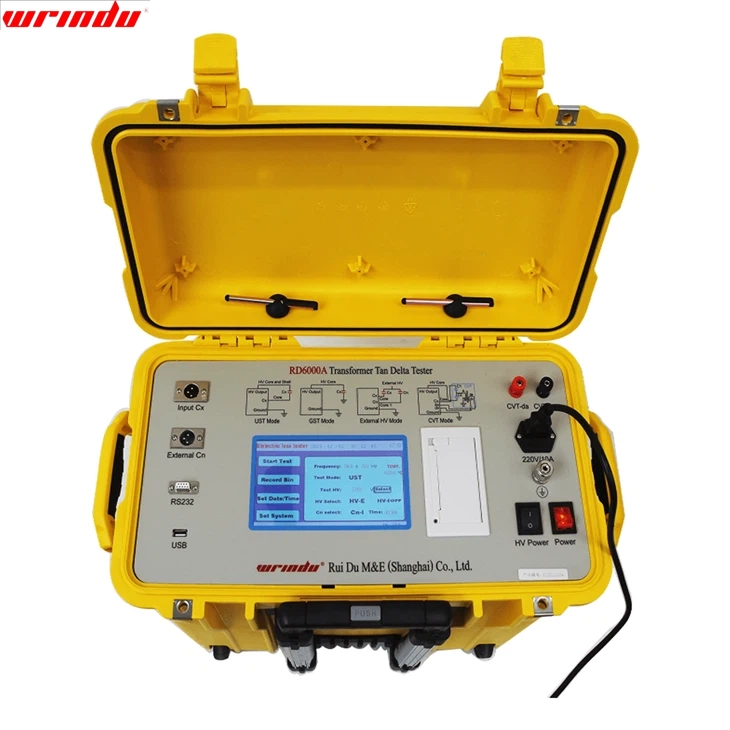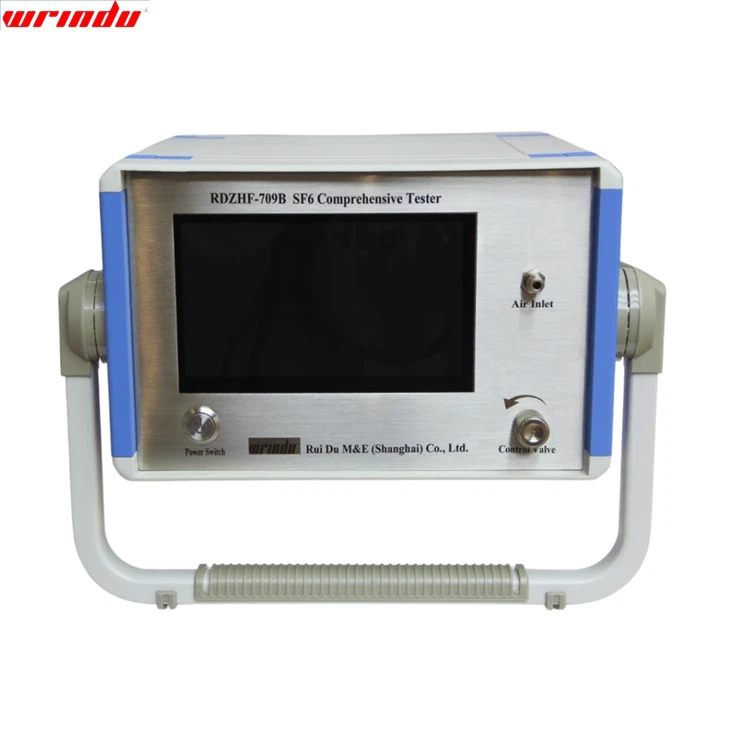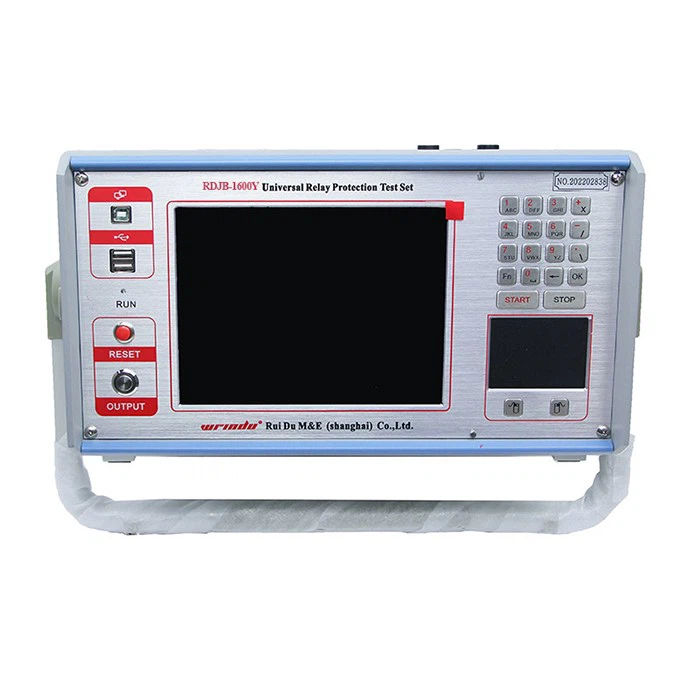OVERVIEW
This digital earth resistance tester is specifically designed for on – site measurement of ground resistance and ground voltage.It can accurately measure ground resistance using 3 – wire and 2 – wire methods, with the help of digital and microprocessing technology. It can judge the resistance of the auxiliary grounding pile and display its resistance value in real – time during the test to prevent errors caused by excessive resistance of the auxiliary grounding electrode and ensure measurement accuracy. It is equipped with a line resistance calibration function to effectively avoid mistakes caused by poor contact of the test line or incomplete insertion of the interface. The test results are stable and reliable even if the test line is replaced or lengthened. It has the functions of automatic shutdown and automatic switching of test gears, strong anti-interference ability, and convenient operation. It is widely used in ground resistance measurement in industries such as electricity, telecommunications, meteorology, oil fields, construction, and lightning protection, and can also accurately measure in complex environments.
CHARACTERISTIC
- 1. It is lightweight, portable, easy to carry on – site, simple to operate, and suitable for various measurement scenarios.”
- 2.During the test, it can display the resistance of the auxiliary grounding pile in real – time, effectively avoiding errors from excessive auxiliary – grounding – electrode resistance and ensuring more accurate measurement results.
- 3. Equipped with a line resistance calibration function, it can prevent errors caused by poor contact with the test line, making the measurement results more accurate and reliable.
- 4. Our digital earth resistance tester supports ground voltage measurement, which is convenient for comprehensively evaluating grounding status on site.
For more information about ground resistance testers, please click More.
To request the latest quotes, please click Contact Us.
FAQ
Q: Why is earth ground testing important?
A: Earth ground testing is vital to mitigate risks linked to insufficient grounding, preventing equipment failure and safety hazards. A robust grounding system establishes a secure pathway for current, which is crucial during events like lightning strikes or overvoltages. This not only safeguards equipment by maintaining stable voltages but also ensures the safety of individuals working with or around electrical infrastructure. Proper earth ground testing is foundational for equipment reliability and personnel safety in diverse electrical scenarios.
Q: How can we reduce earth resistance?
A: A longer grounding rod can significantly reduce earthing resistance, especially when it is driven deeper into the ground. This relationship emphasizes the importance of optimal rod length and depth for efficient grounding, ensuring enhanced safety and equipment protection.
Q: Is a high earth resistance very good for earthing?
A: No, high earth resistance is not desirable for earthing. Low earth resistance is crucial for effective grounding, as it ensures efficient dissipation of fault currents into the ground, reducing the risk of electric shock and fire hazards. High resistance can lead to increased voltage on exposed metal parts, posing safety risks and compromising the performance of electrical systems.




